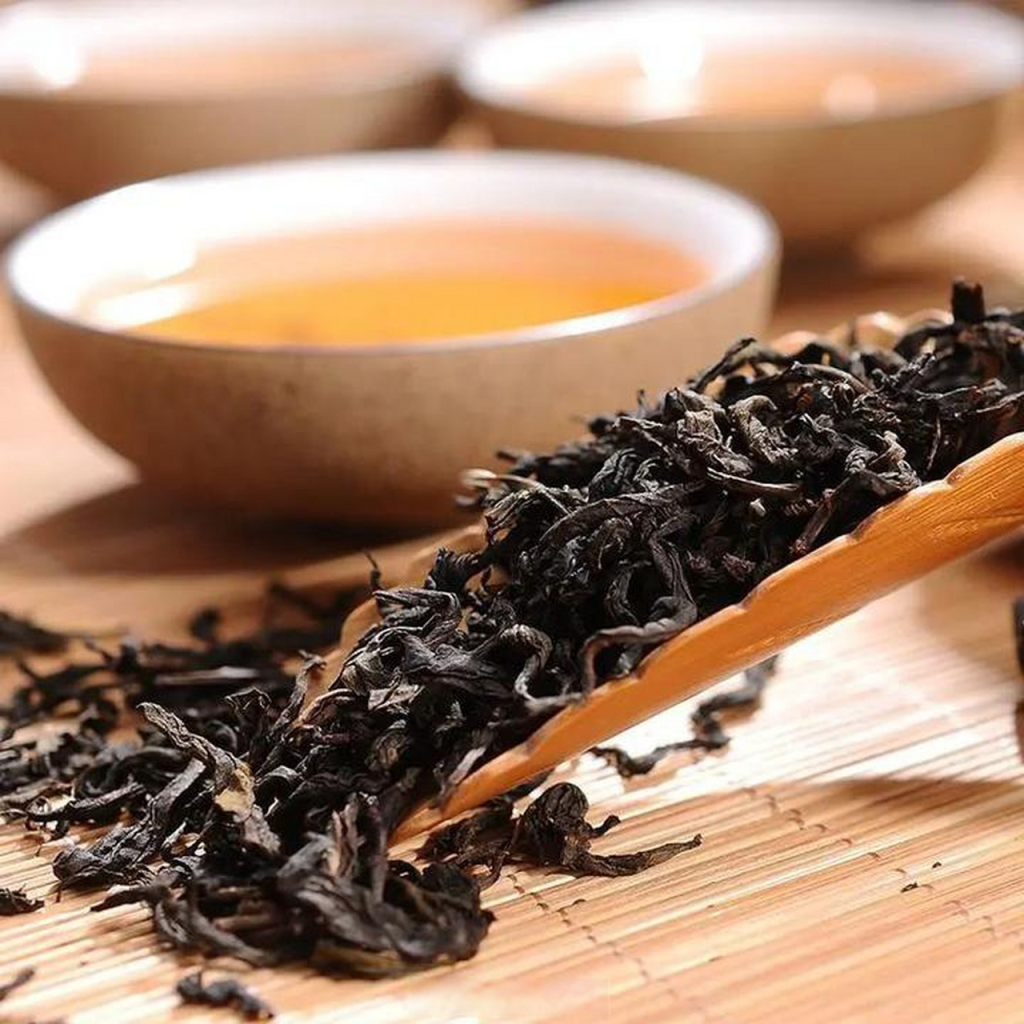Tea culture is a quintessential aspect of Chinese heritage, with a history spanning over 4,000 years. It has evolved from being a mere medicinal herb to a symbol of traditional Chinese lifestyle and aesthetics. Tea is not just a beverage; it embodies a profound spiritual pursuit and a way of life.
History of Tea Culture
The origins of tea culture in China can be traced back to the Shang Dynasty (1600-1046 BC), when tea was primarily used for medicinal purposes. During the Tang Dynasty (618-907 AD), tea became a popular beverage among the aristocracy and common people. It was during this period that the tea ceremony was formalized, and tea houses began to flourish. The Song Dynasty (960-1279 AD) saw the peak of tea culture, with intricate tea sets being crafted and tea competitions being held.
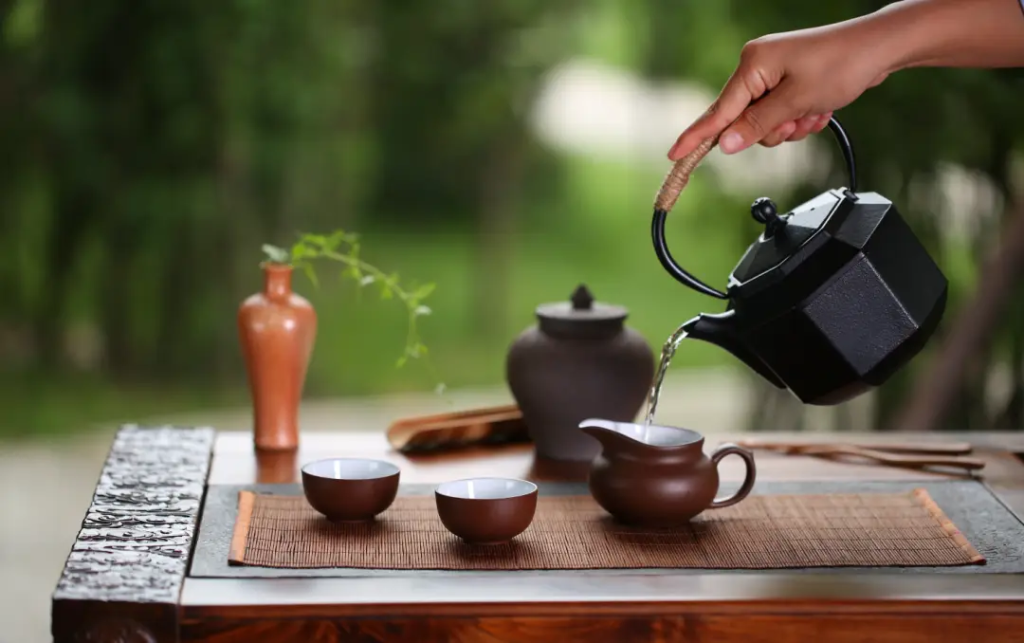
Types of Tea
Chinese tea boasts a wide variety, including green tea, black tea, oolong tea, white tea, yellow tea, and dark tea. Each type has its unique flavor, aroma, and health benefits. For instance, green tea is known for its grassy and refreshing taste, while oolong tea offers a complex and floral flavor. Dark tea, on the other hand, has a rich and earthy taste.
The Tea Ceremony
The Chinese tea ceremony, also known as Gongfu Cha, is a formalized ritual that involves the preparation, serving, and consumption of tea. It emphasizes the art of tea making and is a way to express respect and hospitality to guests. The ceremony often includes a series of precise steps, from heating the water to steeping the tea leaves and serving the tea. It is also a means to appreciate the beauty and flavor of tea and is often performed during important social events such as weddings and business meetings.
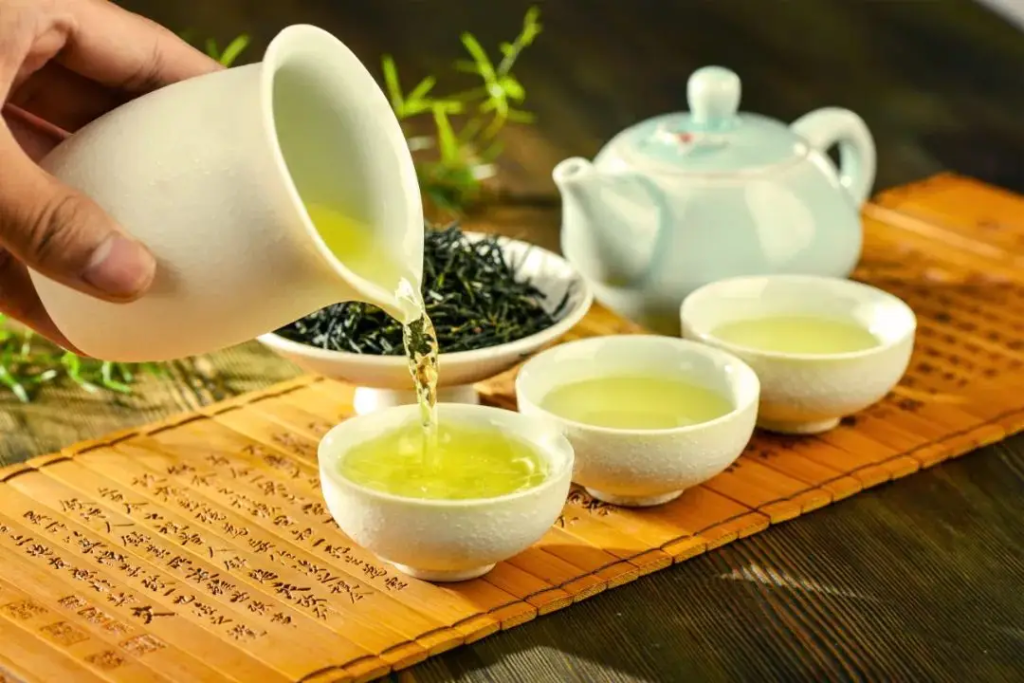
Tea Accessories
Chinese tea culture places great emphasis on the use of tea accessories, such as teapots, teacups, and tea trays. These accessories are not only functional but also aesthetic, featuring intricate designs and patterns. The teapot is used to brew and pour tea, while the teacups are used to drink the tea. The tea tray serves to catch any water or leaves that spill during the tea ceremony.
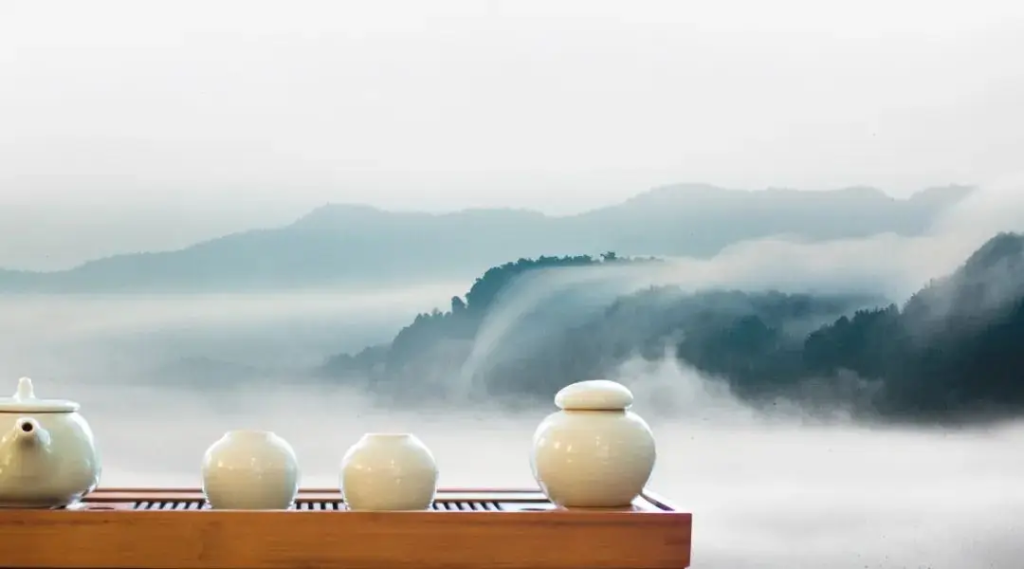
Health Benefits of Tea
Chinese tea is not only a delicious beverage but also offers numerous health benefits. Green tea, for example, is renowned for its antioxidant properties, which can help boost the immune system and reduce the risk of certain diseases. Oolong tea is believed to promote weight loss and lower cholesterol levels. White tea is known for its anti-inflammatory and antibacterial properties.
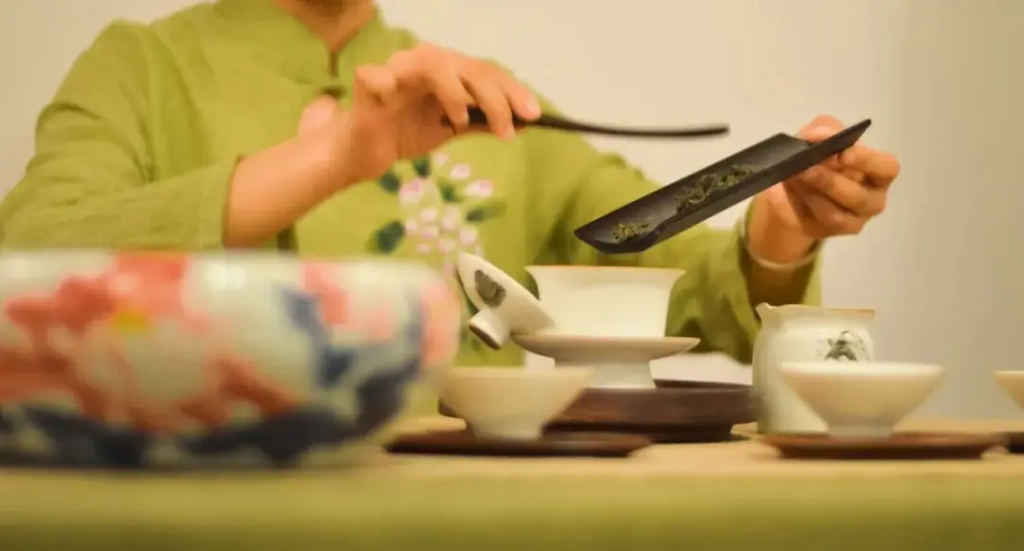
Conclusion
Chinese tea culture is a fascinating and intricate part of Chinese civilization. By understanding the history, types, ceremony, accessories, and health benefits of Chinese tea, one can gain a deeper appreciation for this ancient culture. So, next time you are in China, be sure to visit a traditional teahouse and experience the heart of Chinese tea culture for yourself.



